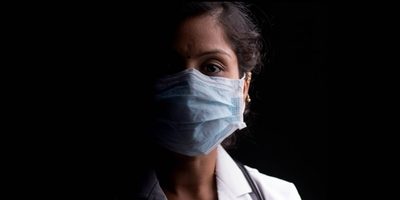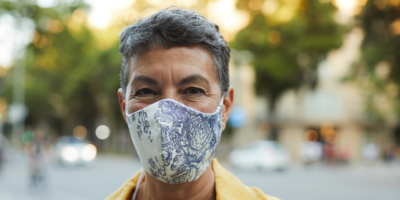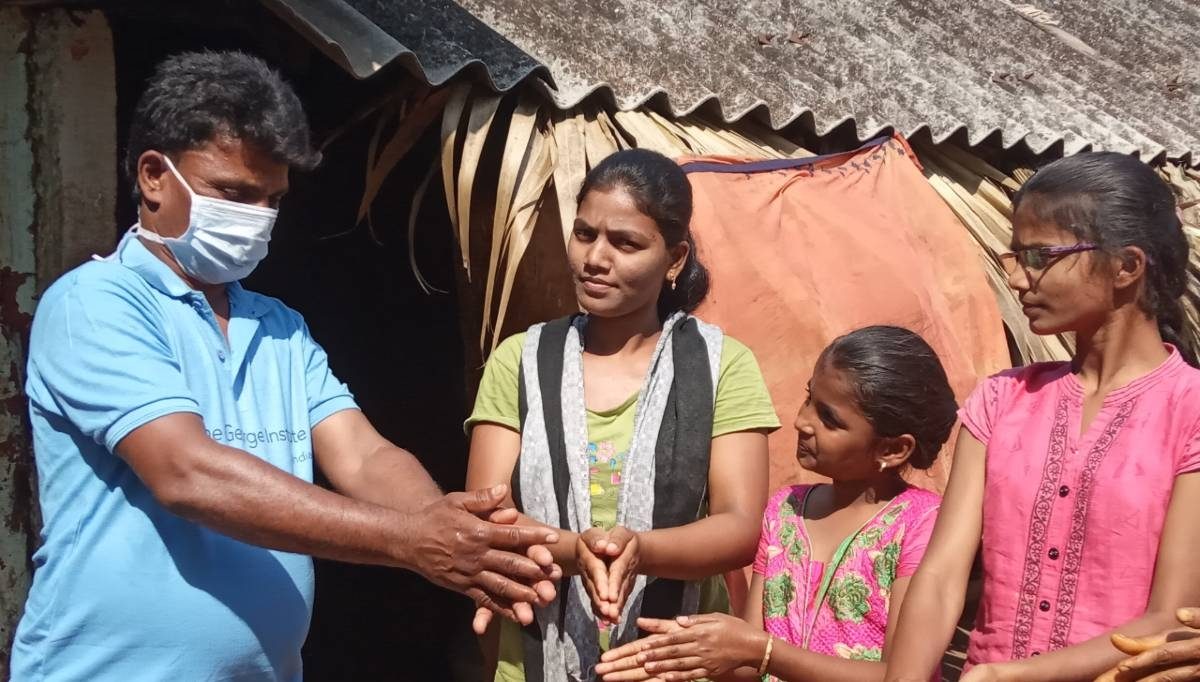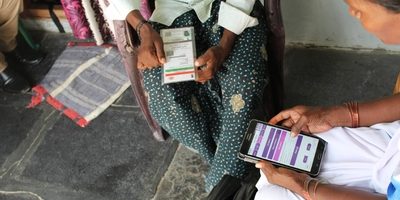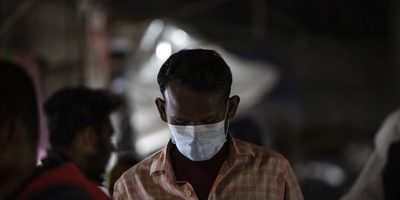We asked The George Institute’s respiratory expert Professor Christine Jenkins about what the latest data on COVID-19 is telling us, particularly in relation to high risk groups.
What are we learning from China about how the virus is behaving?
We’re learning a great deal about the clinical illness as papers from Wuhan are published, describing the pattern of COVID illness in large numbers of patients, every week now in the leading medical journals. The most obvious public health learning from China is the value of lockdown, which was implemented later than would have been ideal, but was highly effective in Wuhan. Despite the rapid rise in the number of cases, patients admitted to hospital and deaths, it achieved a rapid reduction in deaths and subsequently a dramatic fall in the number of new cases over a period of only six to eight weeks. Several papers have since been published which clearly indicate that increasing age is a risk factor for death from COVID-19, although people can die at any age. Further, it is obvious that coronavirus is quite different to the influenza virus in several key ways. It is more infectious but it does not appear to infect children at a high rate, which is most unusual for a respiratory virus. The majority of transmissions are therefore from adult to adult, in a roughly 1:2 ratio (i.e. one infects two others). The lockdown in Wuhan placed a limit on the extent to which other parts of China were affected although it still remains perplexing that the virus did not seriously affect most of the rest of the population in other parts of mainland China. Many questions remain unanswered, in particular how much very mild illness occurred and therefore the size of the “Denominator” – all the people infected with virus. Only when we know this number can we say what the true death rate is from coronavirus infection.
How are people with existing respiratory conditions responding?
People with existing respiratory conditions usually experience a greater level of symptoms when they have a viral respiratory infection. This is not surprising as they may already be symptomatic from the disease already affecting their lungs, whether it be asthma, COPD or pulmonary fibrosis. On the other hand, a critical question for these people is whether they are more vulnerable to catching the virus or to having a life-threatening consequence from infection. At this stage it does not appear that they are more vulnerable to catching the virus, but are more vulnerable to serious outcomes from it. There is a very high rate of smoking amongst Chinese men in particular, but at present smoking has not been identified as a risk factor for getting COVID. As well, the prevalence of smokers amongst people who died from coronavirus in China was no higher than the prevalence of smoking in the general population.
Tell us more about the reported cases of relapse into pneumonia?
In some people the virus causes a very rapid progression from the onset of symptoms such as fever and cough through to the development of pneumonia, which is usually evidenced by marked breathlessness and low oxygen levels. The pneumonia caused by coronavirus can cause respiratory failure, when the lungs cannot supply adequate oxygen levels to the circulation and vital organs. This can worsen rapidly over a few hours, progressing to a requirement for intensive care admission and assisted ventilation. In other patients there is a slower evolution of the symptoms and the initial coronavirus symptoms may be mild with a fairly typical illness which lasts three to five days and then appears to improve. Subsequently a few days later some people can deteriorate with pneumonia and respiratory failure.
What does the course of the disease look like in these people and how can they be identified? Is this just in the elderly?
No, this is definitely not just in the elderly. Although older people (by which we mean over 60), particularly those with chronic ill-health and comorbidities (such as diabetes, hypertension, lung and heart disease) are more vulnerable to dying from COVID, people can die at any age. The reasons why somebody who is fit and healthy in their 30s or 40s can die from COVID remains unclear. There may be a constitutional vulnerability to severe effects of viral infection, or alternatively it may relate to the dose of virus they received when they first were exposed. We have yet to explore the reasons for this in full.
What is your advice to people with existing respiratory conditions?
People with pre-existing respiratory disease should see their doctors to make sure they are taking the right treatment, receiving their vaccinations, maintaining physical activity and looking after themselves as best as is possible. This is particularly important in people aged over 60, and in all patients with asthma who tend to be rather relaxed about their preventer treatment if they are feeling well. It is far better to control asthma well with daily preventer medication than to be vulnerable to a sudden attack when you develop a viral infection. It is also important that people with asthma use a puffer and spacer to take their reliver medications, rather than nebulisers, as these can spread infection. They should also ensure they have a written action plan to use in the case of any deterioration. I would encourage all patients with asthma and COPD to discuss their action plan with their GP and make sure they are on the right treatment. Finally but most critically, everyone with lung disease should be taking great care to reduce their risk of coronavirus infection, maintaining hand hygiene and social distancing as advised by health departments.




